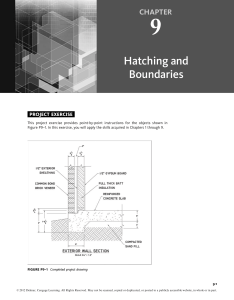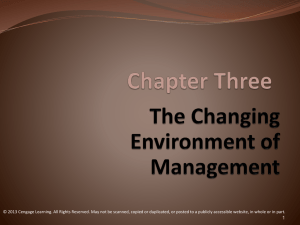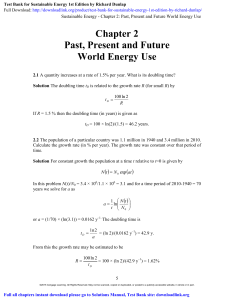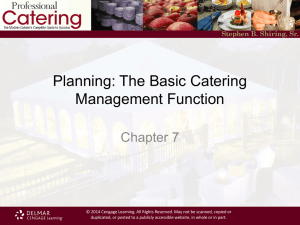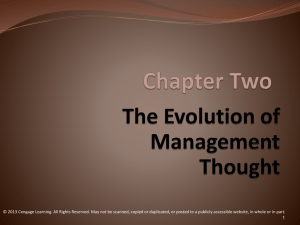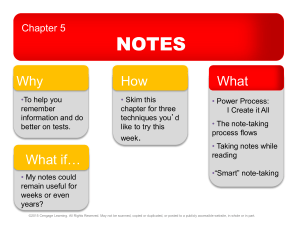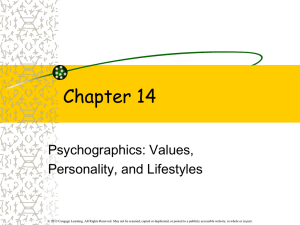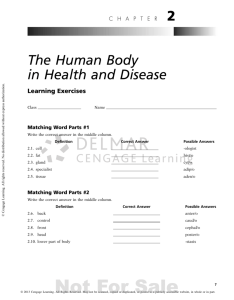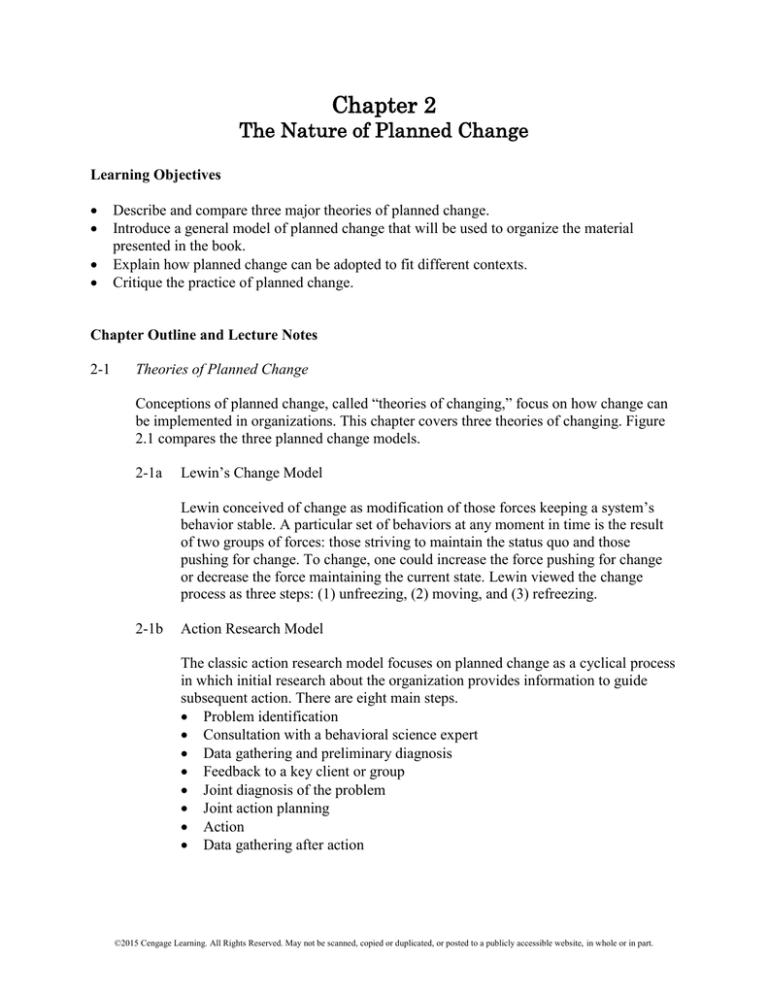
Chapter 2
The Nature of Planned Change
Learning Objectives
Describe and compare three major theories of planned change.
Introduce a general model of planned change that will be used to organize the material
presented in the book.
Explain how planned change can be adopted to fit different contexts.
Critique the practice of planned change.
Chapter Outline and Lecture Notes
2-1
Theories of Planned Change
Conceptions of planned change, called “theories of changing,” focus on how change can
be implemented in organizations. This chapter covers three theories of changing. Figure
2.1 compares the three planned change models.
2-1a
Lewin’s Change Model
Lewin conceived of change as modification of those forces keeping a system’s
behavior stable. A particular set of behaviors at any moment in time is the result
of two groups of forces: those striving to maintain the status quo and those
pushing for change. To change, one could increase the force pushing for change
or decrease the force maintaining the current state. Lewin viewed the change
process as three steps: (1) unfreezing, (2) moving, and (3) refreezing.
2-1b
Action Research Model
The classic action research model focuses on planned change as a cyclical process
in which initial research about the organization provides information to guide
subsequent action. There are eight main steps.
Problem identification
Consultation with a behavioral science expert
Data gathering and preliminary diagnosis
Feedback to a key client or group
Joint diagnosis of the problem
Joint action planning
Action
Data gathering after action
©2015 Cengage Learning. All Rights Reserved. May not be scanned, copied or duplicated, or posted to a publicly accessible website, in whole or in part.
2-1c
The Positive Model
Lewin’s theory and action research are both primarily deficit based in that they
focus on the organization’s problems and how they can be solved. The positive
model focuses on what an organization is doing right. The process is called
appreciative inquiry (AI). It involves the following five phases.
Initiate the inquiry
Inquire into best practices
Discover the themes
Envision a preferred future
Design and deliver ways to create the future
2-1d
Comparisons of Change Models
The models overlap in that their emphasis on action to implement organizational
change is preceded by a preliminary stage and is followed by a closing stage.
They differ in whether the approach is focused on what is wrong or what is right,
the degree of participant involvement, and the focus of change. The comparison is
illustrated in Figure 2.1.
2-2
General Model of Planned Change
The three models of planned change suggest a general framework for planned change
which is shown in Figure 2.2. The general model identifies the steps an organization
moves through when implementing change and specifies the OD activities needed to
effect change. The four sets of activities are:
2-2a
Entering and Contracting
Entering an organization involves gathering initial data to understand the
problems facing the organization or to determine the positive areas of inquiry.
Once this information is collected and problems are discussed, organizational
members develop a contract or agreement to engage in planned change.
2-2b
Diagnosing
The diagnosis stage focuses on understanding organizational problems, including
their causes and consequences, or on collecting stories about the organization’s
positive attributes.
2-2c
Planning and Implementing Change
In this stage, the participants design interventions to achieve the organization’s
vision or goals and make action plans to implement them.
©2015 Cengage Learning. All Rights Reserved. May not be scanned, copied or duplicated, or posted to a publicly accessible website, in whole or in part.
2-2d
Evaluating and Institutionalizing Change
In the final stage, the effects of the intervention are evaluated and a plan is made
to ensure the change persists.
Application 2.1: Planned Change at the San Diego County Regional Airport Authority
This application describes a planned change process at a government organization. This
case offers student the opportunity to identify and understand how each step of planned
change is manifested in the application. It also describes how the plan evolves and adjusts
during the transition, particularly in the planning and implementation activities.
2-3
Different Types of Planned Change
Although the general model of planned change suggests that OD is a straightforward
process, most OD efforts do not proceed according to a neat timetable or preset sequence
of events. The application of OD in a particular organization or situation requires
adjustments in the process of planned change. This section suggests that three dimensions
are particularly important.
2-3a
Magnitude of Change
Planned change efforts can be characterized as falling along a continuum ranging
from incremental changes to fundamental changes.
2-3b
Degree of Organization
Planned change efforts can vary depending on the degree to which the
organization or client system is organized.
2-3c
Domestic versus International Settings
Change attempts must take culture into consideration.
Application 2.2: Planned Change in an Underorganized System
This application describes a process of planned change in a situation that is
underorganized. That is, the stakeholders do not regularly interact with one another, and
yet each has an interest in solving a particular problem. Ask students how this situation
differs from traditional, formal organizations and if these kinds of situations are
increasing or decreasing in frequency. In fact, more and more OD is being practiced in
underorganized settings. The formation of strategic alliances is but one topical example.
©2015 Cengage Learning. All Rights Reserved. May not be scanned, copied or duplicated, or posted to a publicly accessible website, in whole or in part.
2-4
Critique of Planned Change
2-4a
Conceptualization of Planned Change
Planned change is thought of as an orderly, rational process but each situation is
different and the context must be considered.
2-4b
Practice of Planned Change
Change is often times needed but how the change takes place can vary. There are
many methods which can be used to facilitate change.
Summary
Theories of planned change describe the activities necessary to modify strategies,
structures, and processes to increase an organization’s effectiveness. The action research
model focuses on planned change as a cyclical process involving joint activities between
organization members and OD practitioners. Planned change theories can be integrated
into a general model. Four sets of activities—entering and contracting, diagnosing,
planning and implementing, and evaluating and institutionalizing—can be used to
describe how change is accomplished in organizations. The general model has broad
applicability to planned change. It identifies the steps an organization typically moves
through to implement change and specifies the OD activities needed to effect change.
©2015 Cengage Learning. All Rights Reserved. May not be scanned, copied or duplicated, or posted to a publicly accessible website, in whole or in part.

